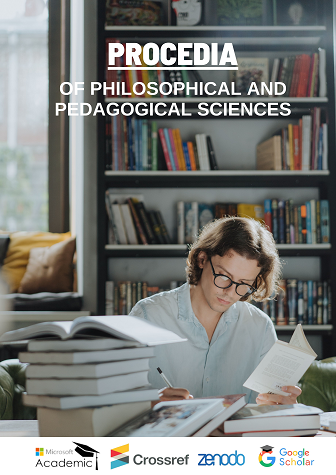Ontogenesis of Speech Development
Keywords:
mental development, speech, speech development in children, phrasal speech, sound pronunciation, phonemic perceptionAbstract
The purpose of this article is to introduce specialists working with children with developmental disabilities to the age standards of speech formation. Speech ontogenesis (logogenesis) has been studied by many well-known linguists and psychologists. Speech is the highest mental function that integrates many functional systems. In a child of the first months of life, the development of speech is provided by innate hearing and the emerging ability to fix a look on an adult's face. At the same time, innate emotional reactions are improving, turning into non-verbal forms of communication. From the age of 6 months, the child begins to pronounce individual syllables, at the age of 7-9 months — to repeat after an adult a variety of combinations of sounds. From 10-11 months, reactions to words addressed to the child appear. On average, the first words appear in 1 year, the stage of formation of active speech begins. At this time, it is permissible if the child confuses sounds, rearranges them, distorts or skips them. At 1.5 years old, the child begins to understand the abstract explanations of an adult. From 2 to 3 years, there is a significant accumulation of vocabulary, the grammatical structure of speech is formed (phrases and sentences appear). In preschool age (from 3 to 7 years) it is characterized by incorrect, but steadily improving sound reproduction and phonemic perception. Vocabulary increases, abstract speech is formed, retelling. After 7 years, the grammar of speech, writing and reading skills are improved. These stages cannot have strict, clear boundaries, since they are connected not only with the environment, but also with the mental constitution of the child, his heredity and character.
Downloads
Published
How to Cite
Issue
Section
License
Copyright: © 2024 by the authors. This work is licensed under a Creative Commons Attribution- 4.0 International License (CC - BY 4.0).




